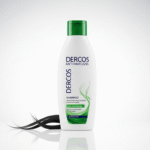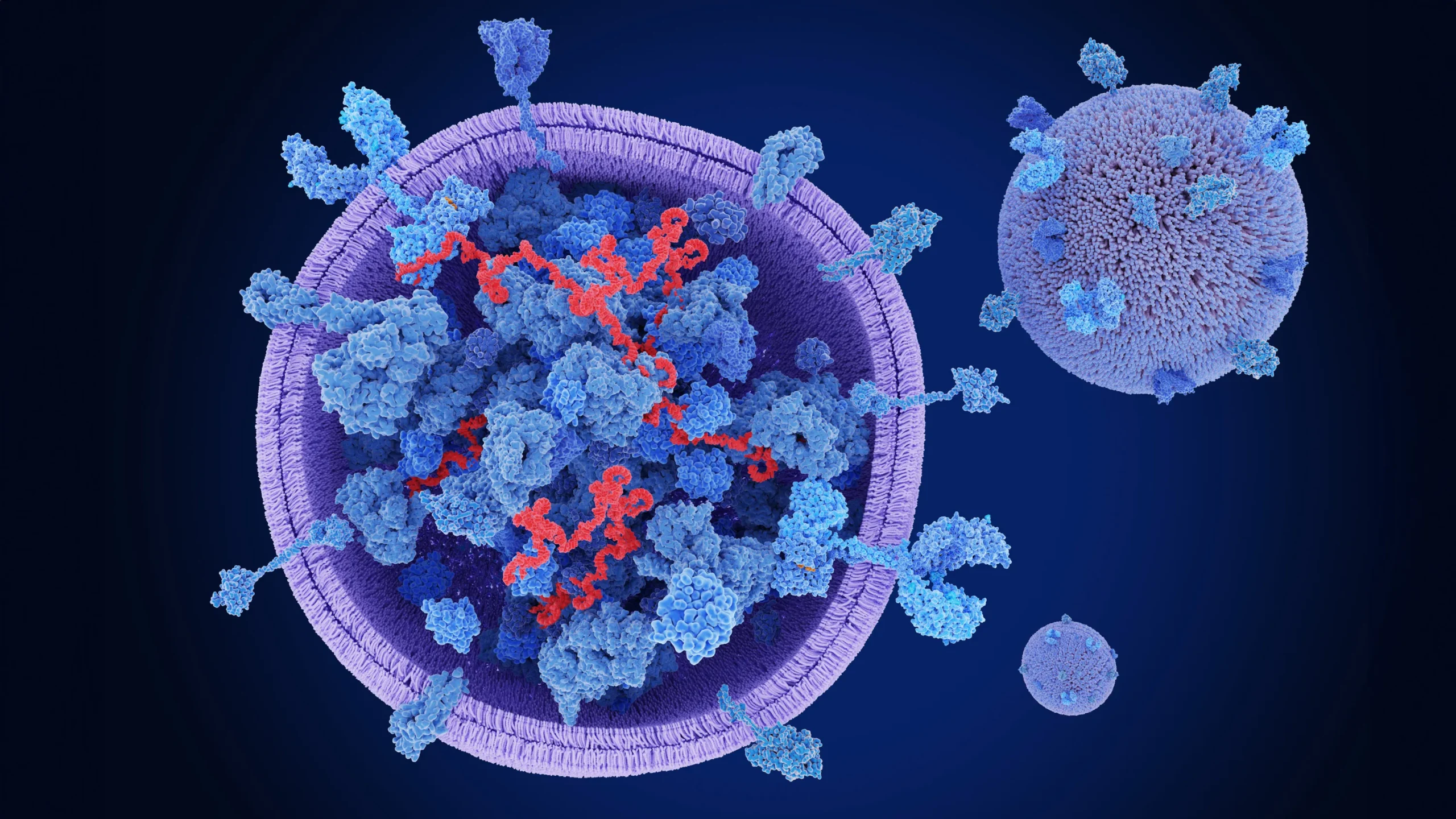If you're experiencing dialysis and hair loss and feeling worried, you're not alone—many kidney patients notice thinning or shedding due to nutritional imbalances, medications, or overall metabolic stress. This post explains the root causes, evidence-based strategies to support regrowth through diet and supplements, and when to seek expert help—backed by medical insight and real-world experience. …
If you’re experiencing dialysis and hair loss and feeling worried, you’re not alone—many kidney patients notice thinning or shedding due to nutritional imbalances, medications, or overall metabolic stress.
This post explains the root causes, evidence-based strategies to support regrowth through diet and supplements, and when to seek expert help—backed by medical insight and real-world experience.

Why Dialysis and Hair Loss Are Connected
People undergoing dialysis often face hair loss rooted in systemic changes associated with chronic kidney disease (CKD). CKD induces chronic inflammation, which can interfere with normal hair follicle function.
Many patients experience telogen effluvium, a condition where excessive stress or nutrient deficiencies trigger a mass shift of hair into the shedding phase—typically visible 2–3 months after the initial trigger.
Key Causes of Hair Loss During Dialysis
Nutrient Deficiencies
Dialysis can contribute to loss of critical nutrients such as protein, iron, zinc, selenium, and vitamin D. Even mild depletion of these elements may lead to weak, brittle hair and increased shedding.
Medication and Dialysis-Related Factors
Common medications used in dialysis care—such as heparin, beta blockers, immunosuppressants, and erythropoietin—can be associated with hair shedding. Certain anticoagulants and dialysis modalities may reduce microcirculation and nutrient delivery to hair follicles.
Hormonal and Thyroid Imbalances
CKD can disrupt thyroid function, sex hormone levels, and erythropoietin production, all of which play essential roles in maintaining the hair growth cycle.
Recognizing and Managing Hair Shedding

Typical Timeline
- Onset: Shedding often appears 2–3 months after a nutritional or treatment-triggering event.
- Recovery: In most cases, regrowth begins within 3–6 months when underlying issues are addressed.
Lab Monitoring
Essential lab tests include iron/ferritin, zinc, thyroid hormones, albumin, and vitamin D to identify correctable deficiencies.
Hair and Scalp Care
- Be gentle—avoid harsh chemical treatments, tight hairstyles, or excessive scratching.
- Use mild shampoos and styling techniques.
- Consider visual strategies like lightweight styling or scalp concealers during recovery.
Expert Insights & Patient Case Study

Case Example: A 47-year-old dialysis patient began losing hair one month after starting a new antipruritic medication. When the drug was discontinued, regrowth started after approximately seven weeks, with full recovery by five months—highlighting the reversibility of medication-induced hair loss.
Treatment & Support Strategies
1. Nutrition & Supplements
- Work with a renal dietitian to regulate safe protein intake and prevent nutritional shortfalls.
- Supplement with iron, zinc, B vitamins, selenium, and vitamin D—only under medical supervision.
2. Medication Review
- Never stop medications independently. Consult your nephrologist to explore possible alternatives or adjust dosages of medications linked to hair loss.
3. Hair-Sparing Practices
- Use soft hair care techniques, avoid heat styling or bleaching.
- Gentle scalp massages can improve local circulation.
- If approved by your healthcare team, topical treatments like minoxidil may help speed recovery in chronic cases.
Summary and Key Takeaways
Persistent or unusual shedding requires medical evaluation for tailored treatment.
Hair loss during dialysis most often stems from telogen effluvium, triggered by nutrition deficits, inflammation, or medications.
Recovery is possible through lab-guided supplementation, careful medication management, and gentle hair care.
Most patients experience regrowth within several months.
FAQs
Can hair loss from dialysis be reversed?
Yes—most cases of telogen effluvium improve once the underlying triggers are corrected. Regrowth usually starts within 3–6 months.
How long does shedding last?
Typically between 2–6 months; full recovery may take longer depending on overall health and underlying conditions.
Are supplements safe for people with CKD?
Only if prescribed by a renal care team. Some vitamins or minerals can accumulate and cause harm in CKD patients.
Does the type of dialysis affect hair loss risk?
No strong evidence suggests modality matters—individual metabolic and nutritional health play a bigger role.
When should I see a specialist?
If shedding persists beyond 6 months, appears patchy or scarring, or is accompanied by scalp inflammation, seek evaluation from a dermatologist or nephrologist.
Ready To Take Your Next Step
Book a consultation with Dr. Uzma Irfan, an ISHRS-certified surgeon, to receive personalized support for dialysis-related hair loss. Together, you can design a nutrient-safe plan, assess medications, and explore recovery strategies tailored to your health and lifestyle.






